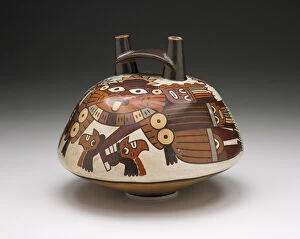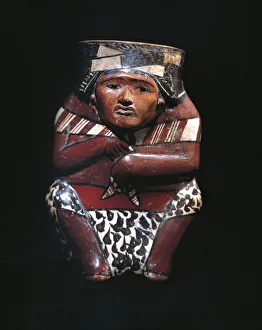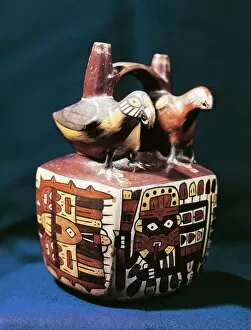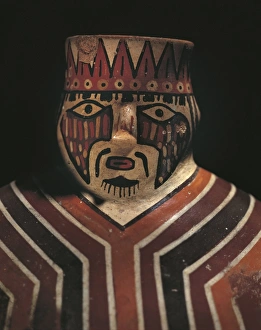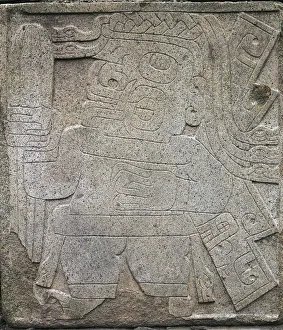Nazca Culture Collection
The Nazca culture, known for its intricate line designs, left a lasting legacy in Ica, Peru
All Professionally Made to Order for Quick Shipping
The Nazca culture, known for its intricate line designs, left a lasting legacy in Ica, Peru. In 2015, artist Luis Rosendo paid homage to this ancient civilization by creating stunning replicas of the famous Nazca Lines. One such design was the Trapezium, a geometric marvel that showcased the precision and skill of the Nazca people. Another remarkable creation by Rosendo was The Monkey, a depiction of this playful creature etched into the desert landscape. Its detailed features captured the essence of these mischievous animals and served as a testament to the artistic abilities of both Rosendo and the original Nazca artists. Amongst these awe-inspiring designs was The Whale, an enormous figure that seemed to come alive when viewed from above. This massive artwork not only showcased creativity but also highlighted how nature played an important role in inspiring Nazca art. In addition to their line designs, another notable artifact from the Nazca culture is an anthropomorphic vessel depicting music subjects. This polychrome terracotta piece reflects their deep connection with music and showcases their craftsmanship in pottery-making. A vessel dating back to 180 B. C. -A. D depicted a masked warrior holding trophy heads—a chilling reminder of warfare during that time period. It serves as evidence of how war influenced not just their lives but also their art. Rosendo's rendition of The Parrot further emphasized his dedication to preserving and promoting this ancient culture's heritage. With vibrant colors and intricate details, he brought life back into this symbolically significant bird. One cannot discuss Nazca without mentioning one of its most iconic figures: The Dog. Created by Rosendo with great attention to detail, it pays tribute to man's best friend while honoring the rich history behind these enigmatic lines. Hands were yet another element incorporated into Rosendo's work on the Nazca Lines project. These symbols represented unity and collaboration within society—an essential aspect deeply ingrained in the Nazca culture.








